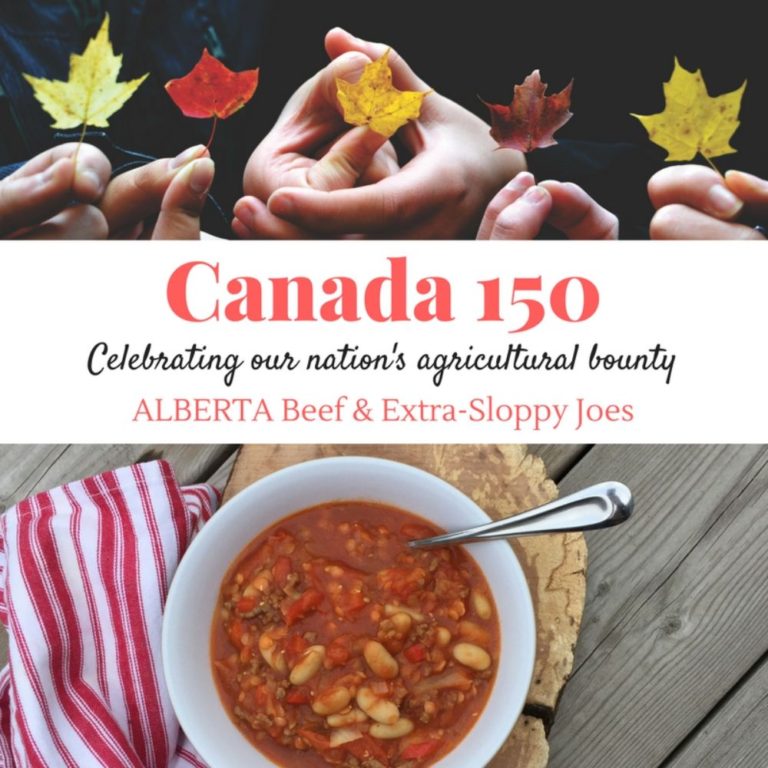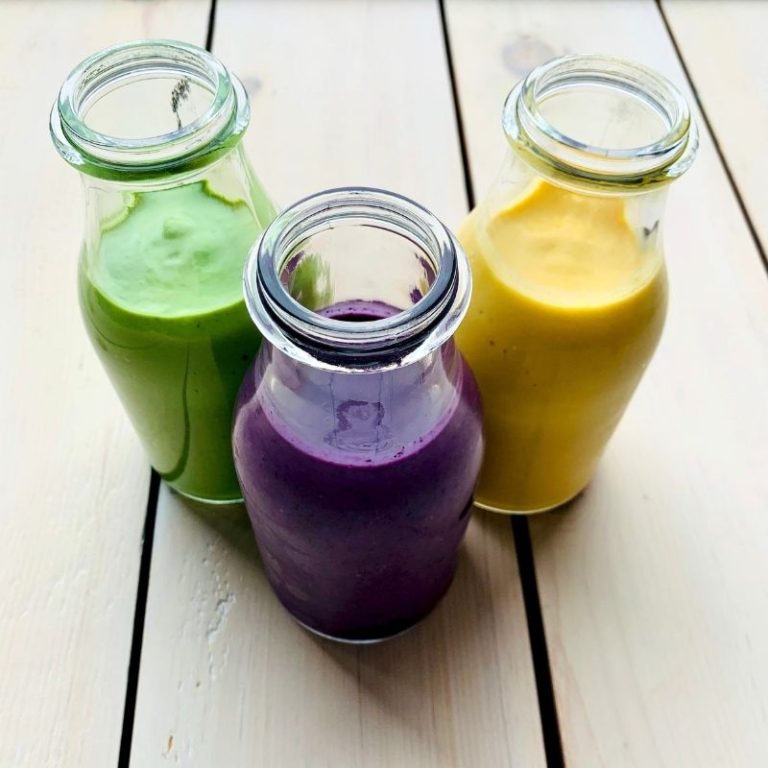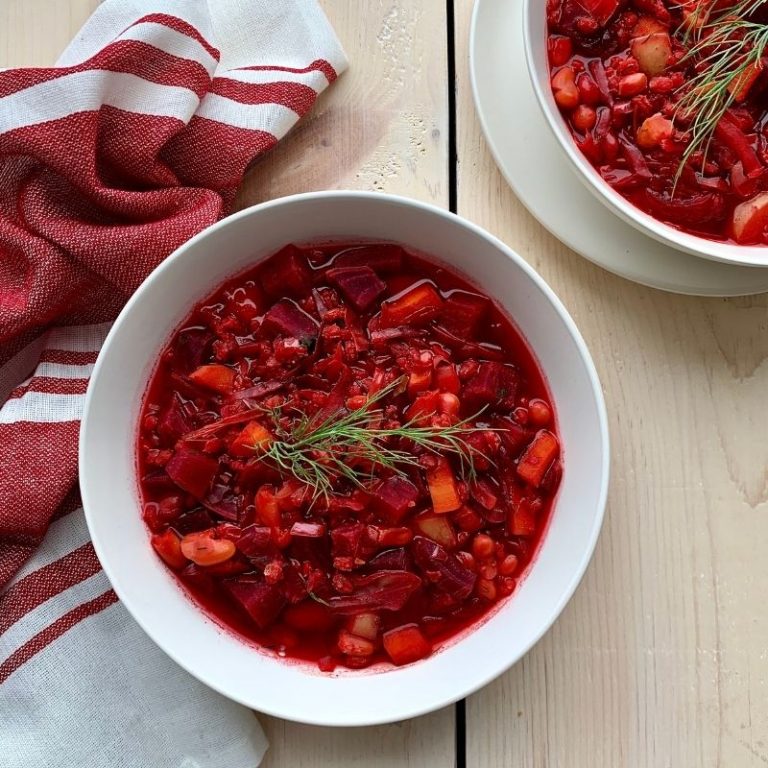Alberta
Home of the Drumheller dinosaurs, the picture-perfect elegance of Lake Louise, the rugged beauty of the Rockies, the quintessential Canadian Calgary Stampede, and Edmonton oil (or should I say Oilers!) It’s been over 25 years since I have stepped foot on the beautiful and varied terrain of Alberta and simply writing this post and looking at all of the travel pictures has given me the itch to get on a plane ASAP!

Alberta = Beef
When you think of Alberta, you cannot help but think about BEEF!
Alberta is the largest cattle-producing province in Canada, producing 44% of the country’s 11 million cattle. The most recent statistics tell us that about 50% of that tasty beef remains in Canada and is sent to other provinces for consumption. Delish!
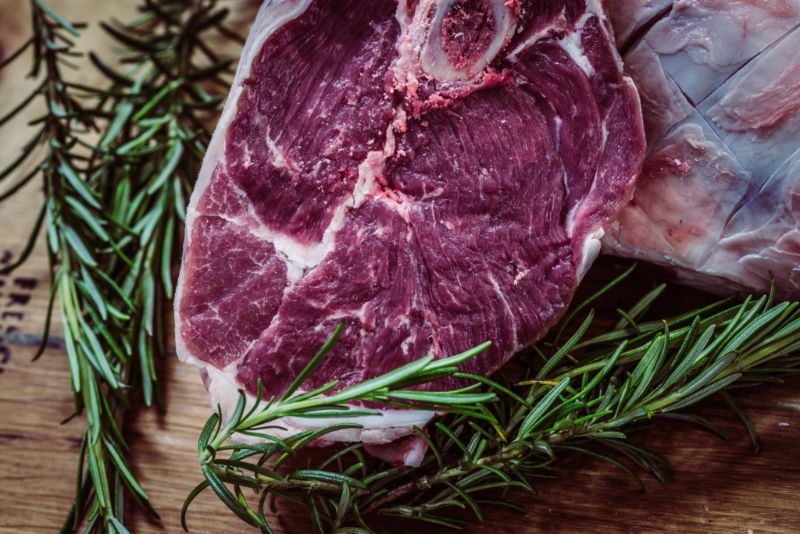
Beef is a nutritional powerhouse
Even vegetarians cannot deny that beef provides a powerhouse of nutrition with its 12 essential (and highly absorbable) nutrients, some of which include:
- Protein
- Niacin
- Riboflavin
- Vitamin B6
- Vitamin B12
- Magnesium
- Potassium
- Phosphorus
- Iron
- Zinc
Did you know that the iron naturally present in beef is in the form of “heme iron” which is the most absorbable form of iron (vs. the “non-heme” iron that is found in plant foods, whose absorption is dependent on other food components)? This is especially important for the 30% of the world’s population who are iron deficient. Although the majority of these individuals reside in developing countries, it is certainly not limited to that segment. Children, pregnant and menstruating women and vegetarians are all at a higher risk. This same increased absorption factor goes for vitamin B12, whose job is very important in the metabolic processes of all cells. The form of vitamin B12 found in beef is the most usable/absorbable form.
Wait, aren’t you a dietitian? Don’t you know that red meat (aka beef) causes cancer?
Before moving on, I feel the need to briefly (or as briefly as I can!) explain the media storm that ensued just over one year ago when the World Health Organization (WHO) released their report which classified red meat (beef, veal, pork, lamb, mutton, horse or goat meat) as “probably carcinogenic” and processed meats as “carcinogenic to humans”. (I’ll leave the processed meats as a discussion for another day but long story short, there is convincing evidence that processed meat CAUSES cancer so don’t eat hot dogs, bacon or deli sandwiches every day!)
Specifically, the report (which included over 800 studies) suggested that:
for every 100 g (3.5 oz) portion of red meat eaten DAILY, it may increase one’s risk of colorectal cancer by 18%.
Before I delve into things, I want to take two minutes to give you a quick research methods tutorial. I know, boring, but promise it will be very helpful! When we look at research, we always need to look how the data or information was obtained – i.e. what type of study was conducted. With health and nutrition research, there are a lot of recommendations drawn through epidemiological studies. These epidemiological studies are large population-based studies that can show us an association between two variables but they CAN’T prove that ‘a’ causes ‘b’. Simply put, “eating a 100 gram (3.5 oz) portion of red meat every day is associated with an 18% increased risk of colorectal cancer“ NOT “red meat causes colorectal cancer”.
Bear in mind with these population-based studies it is almost impossible to account for the effect of what we call “confounding factors”, though many statistical maneuvers are employed. In the case of red meat, these confounding factors include how the meat was cooked. For example, we know that the high heat cooking of red meat in direct contact with a flame (i.e. BBQ) produces more of the suspected cancer-causing compounds (called polycyclic aromatic hydrocarbons and heterocyclic aromatic amines) vs. cooking at a lower temperature (i.e. oven).
So what does this all mean?
Don’t eat red meat every day. Consume in moderation. Recommendations from various health organizations say to limit your consumption to no more than 150-300 grams (5-11 oz) a week. Remember that although processed meat was classified in the same “cancer-causing” category as smoking, it is not equally as dangerous. If you can only make one lifestyle change at a time, your best “return on investment” would be to quit smoking!
Enough of statistics class, give me the RECIPE!
So what’s a good family-favourite beef recipe? As much as I love a tender Sunday roast beef, the most frequently used beef product in our house is ground beef. To best showcase ground beef, I have received permission to copy and publish one of my favourite ground beef recipes from the author and publisher of Optimal YOU Cookbook, Christine Gingerich. If you would like a copy of her cookbook, you can visit her website here.
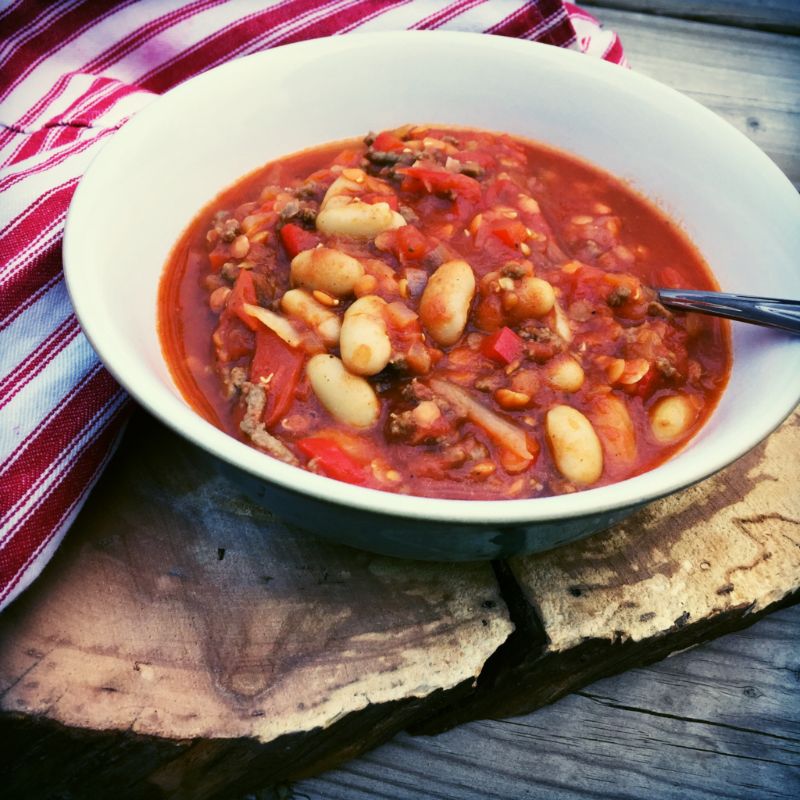
Extra-Sloppy Joes
Optimal YOU Cookbook, (C) 2012, Christine Gingerich
Yield: 5-6 servings; Prep Time: 20 minutes; Cook Time: 25-30 minutes
Ingredients:
- 1 lb ground beef (chicken or turkey works too!)
- 3 large tomatoes, chopped
- 1 cup onion, chopped
- 1 garlic clove, minced
- ¼ cup celery, finely chopped
- 1 cup sweet red pepper, finely chopped
- 4 cups stewed tomatoes, diced
- 5-6 oz can tomato paste
- 2 cups navy beans, rinsed (or canned beans)
- 2 Tbsp cider vinegar
- 2 Tbsp prepared mustard
- ¼ cup cane sugar
- ¼ to ½ tsp cloves (depending on desired flavour)
- ½ tsp cinnamon
- 1 tsp sea salt
- ¼ tsp black pepper
- ½ cup red lentils, lightly rinsed through a fine-meshed sieve
Method:
- Brown ground meat, and break apart into a finely crumbled texture.
- Add tomato, onion, garlic, celery and red pepper, and cook covered, at medium-high heat for five minutes or until soft.
- Add remaining ingredients, and stir well. Simmer for 25 minutes, stirring frequently to prevent burning.
- Serve on whole-grain bread or buns. Add a large salad for a nutritious, satisfying meal.
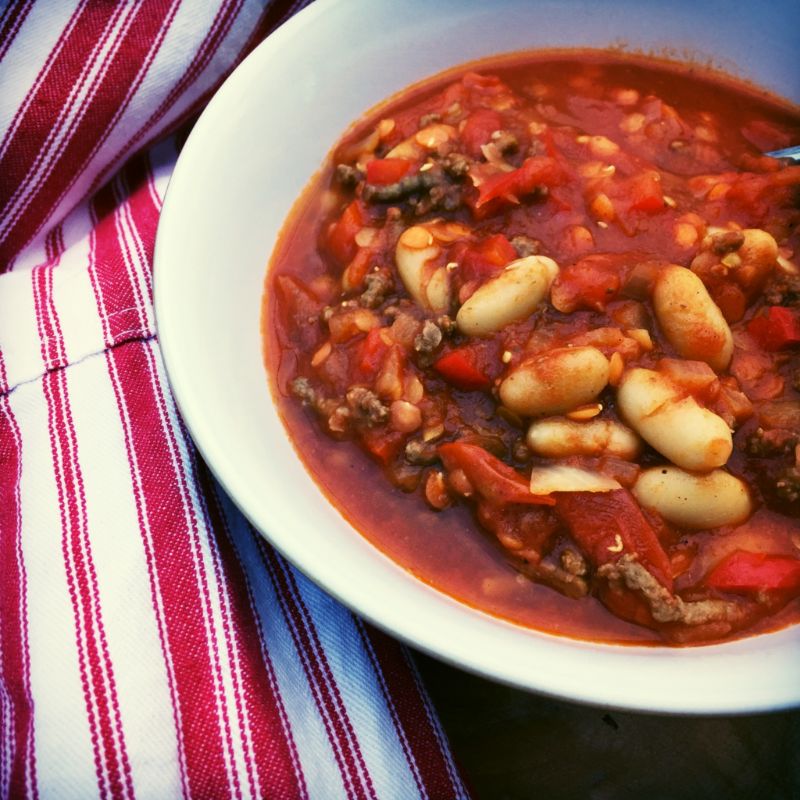
Take it one bite at a time,
Rosanne
References:
- Government of Alberta. Accessed February 22, 2017 at http://www.alberta.ca.
- Alberta Beef Producers. Accessed February 22, 2017 at http://www.albertabeef.org.
- World Cancer Research Fund. Accessed February 22, 2017 at http://www.wcrf.org/int/ research-we-fund/cancer-prevention-recommendations/animal-foods
- World Health Organization. Accessed February 22, 2017 at http://www.who.int/features/qa/cancer-red-meat/en/
- Czerwonka M, Tokarz A. Iron in red meat-friend or foe. Meat Sci. 2017 Jan;123:157-165.
- Canadian Cancer Society. Accessed February 22, 2017 at http://www.cancer.ca/en/prevention-and-screening/live-well/nutrition-and-fitness/eating-well/red-and-processed-meat/?region=on
- Dietitians of Canada. Accessed February 22, 2017 at www.dietitians.ca
- Gingerich, Christine. Optimal YOU Cookbook 2012.
